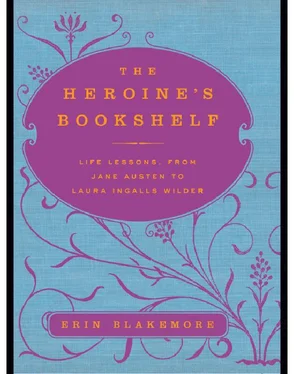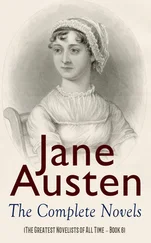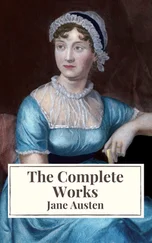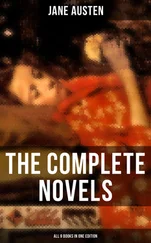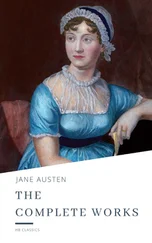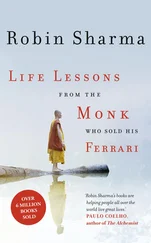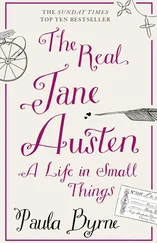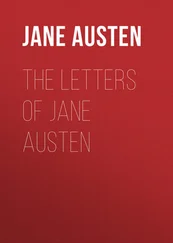It’s easy to dismiss a two-hundred-year-old book as a literary chestnut, a historical oddity that couldn’t possibly apply to modern life. But hemlines shift far more quickly than human nature, and Jane’s story of romantic confusion and changing opinions is just as vital and funny as it must have been for its first readers. Jane Austen’s witty heroines have pervaded every level of culture, from Clueless to chick lit, and her influence isn’t going anywhere anytime soon. There’s certainly no dust on my copy of Pride and Prejudice, for the book remains relevant no matter where I find myself. My life is more concerned with career politics than marital ones, but that doesn’t keep me from finding Lizzy’s spirit wherever authority is flouted, minds changed, and expectations challenged.
Looking for a modern-day Lizzy? Seek out the people with enough perspective to laugh their way through the crappy and the ridiculous. I channel my inner Lizzy whenever I bump up against absurd expectations or laughable characters (surely I have a Lizzy-like disregard of self-important lawyers to thank for getting me through my paralegal years). Like Miss Bennet, I am called upon to examine my own actions, change what I don’t like, and adhere to my gut instincts. Like Miss Austen, I am called upon to create my own place in life, one that is true to the person I am and not the person anyone else expects me to be. It isn’t easy to answer this call, but I know I’m in good company whenever I do. And every time I revisit Pride and Prejudice, I am reminded that when dealt a hand of Collinses and Wickhams, indecision and regret, there really isn’t any acceptable substitute for my own boisterous, uncertain self.
READ THIS BOOK:
• When your mom complains that you’ll never give her grandchildren
• When your inner people-pleaser threatens to drown out your gut instinct
• As an antidote to deathly seriousness
LIZZY’S LITERARY SISTERS:
• Emma Woodhouse in Emma, by Jane Austen
• Bridget Jones in Bridget Jones’s Diary, by Helen Fielding
• Hermione Granger in J. K. Rowling’s Harry Potter series
Janie Crawford in Their Eyes Were Watching God, by Zora Neale Hurston
Faith hasn’t got no eyes, but she’s long-legged But take de spy-glass of Faith And
look into dat upper room When you are alone to yourself When yo’ heart is burnt with fire, ha!
REVEREND C. C. LOVELACE,
AS TRANSCRIBED BY ZORA NEALE HURSTON
Years later, she’d clock a man with her pocketbook and step over his unconscious body on the way to a rent party. She’d sweat out her bruises and blessings in a mysterious Haitian voodoo ritual. But in 1917, there was no glimpse of the woman who’d write Their Eyes Were Watching God or become a keen cultural anthropologist with a “burning bush inside.” At the time, Zora Neale Hurston was just a young woman who made a bet with God.
Twenty-six-year-old Zora was anything but heroic as she lay in her hospital bed. She felt sick and scared, downed by appendicitis and with no family or friends to visit or console her. It had been many years since she sat with her father on the sweltering porches of Eatonville, Florida, listening to her elders weave long yarns about their all-black community and its history. Back then, she was curious and spunky, reveling in her place in a respected preacher’s family. That was before her mother died and her father—a strict man, notoriously intolerant of other people’s frailties—turned into a stranger.
Something about Zora just rubbed John Hurston the wrong way. A religious man, he was anything but perfect, an infamous womanizer who internalized the hatred he had experienced at the hands of the white community before he helped found Eatonville. His blatant favoritism for her brothers and his clumsy mistreatment of the daughter who resembled him most was a brutal emotional blow for openhearted Zora. And his behavior after the death of her mother, Lucy Ann Hurston, was just the beginning of a long sequence of insults. Zora soon found herself banished to a school in Jacksonville, then abandoned there at the end of the school year by a father who, irritated by his daughter’s incessant needs and angered by her rejection of his new wife, refused to take responsibility for Zora’s welfare or tuition. His suggestion that the school just adopt her was a betrayal in the strictest sense of the word.
Still just a teen when she was dumped at school, Zora became an uneasy outcast. In a world that was brutal to black women, she had to depend on relatives and friends for support. Her life from then on out was dark, nomadic, marked by sexual assaults by her white employers, a cruel encounter with her stepmother, and a mysterious relationship she would hint at but never discuss in later years. She was working as a waitress in Baltimore when appendicitis threatened to abbreviate her already troubled life. Too poor to pay for her own treatment, Zora had to rely on the free ward of the Maryland General Hospital for care. She knew that appendicitis was a common killer, one that required swift surgery and a long recovery period—if she lived. Would she die under the knife? Had she fulfilled her purpose here on Earth?
Though stoic about the possibility of death, Zora knew she wasn’t ready to go. And so she made a wager that would reverberate throughout the rest of her life. Later she told it so: “I bet God that if I lived, I would try to find out the vague directions whispered in my ears and find the road it seemed I must follow.” Zora survived her operation and set out to fulfill her part of the bargain.
She made good on her promise. After a brief stint at Howard University in Washington, D.C., she took Harlem by storm, finding herself right at home in the jazzy, juicy renaissance that filled the neighborhood’s literary salons and rent parties in the wild 1920s. Flashy and fiercely attractive, she balanced her writing and her studies with plenty of parties and escapades. She enrolled as the only black student at Barnard College in 1925, and there she finally heard the “vague directions” she had prayed for at the hospital. For the first time, Zora realized that she could translate her interest in black vernacular culture and spiritual traditions into an actual profession. She became a cultural anthropologist, receiving her bachelor’s in anthropology at the age of thirty-six.
With superstitions and storytelling her new stock-in-trade, Zora gave in to her new obsession. On fire with the realization that “that man in the gutter is the god-maker,” she began to study black religious expression. What she found convinced her that the lowliest of blacks were at the heart of a rich cultural tradition that had never been fully appreciated. Her studies were over for now, but she still had much to learn. For all her enthusiasm, though, Zora wasn’t exactly prepared for the depth and breadth of black expression she found back home. As the prodigal daughter turned folklorist returned to the South in 1927 along with her friend Langston Hughes, she tried to make sense of the complex world of folk religion. But she wasn’t satisfied with merely transcribing sermons or interviewing preachers. In a break with the traditional anthropological stance of distance, Zora threw herself headfirst into the voodoo, conjuring, and hoodoo traditions of the black South. Soon, she was neck-deep in a strange world of dark traditions, charismatic conjurers, and mysterious rites. She began to collect experiences in addition to notes, training with the South’s most respected conjure doctors and undergoing her own spiritual experiences, including a multiday fast whose psychic visions and hallucinations were her fiery initiation into the world of the trained hoodoo practitioner.
Читать дальше
